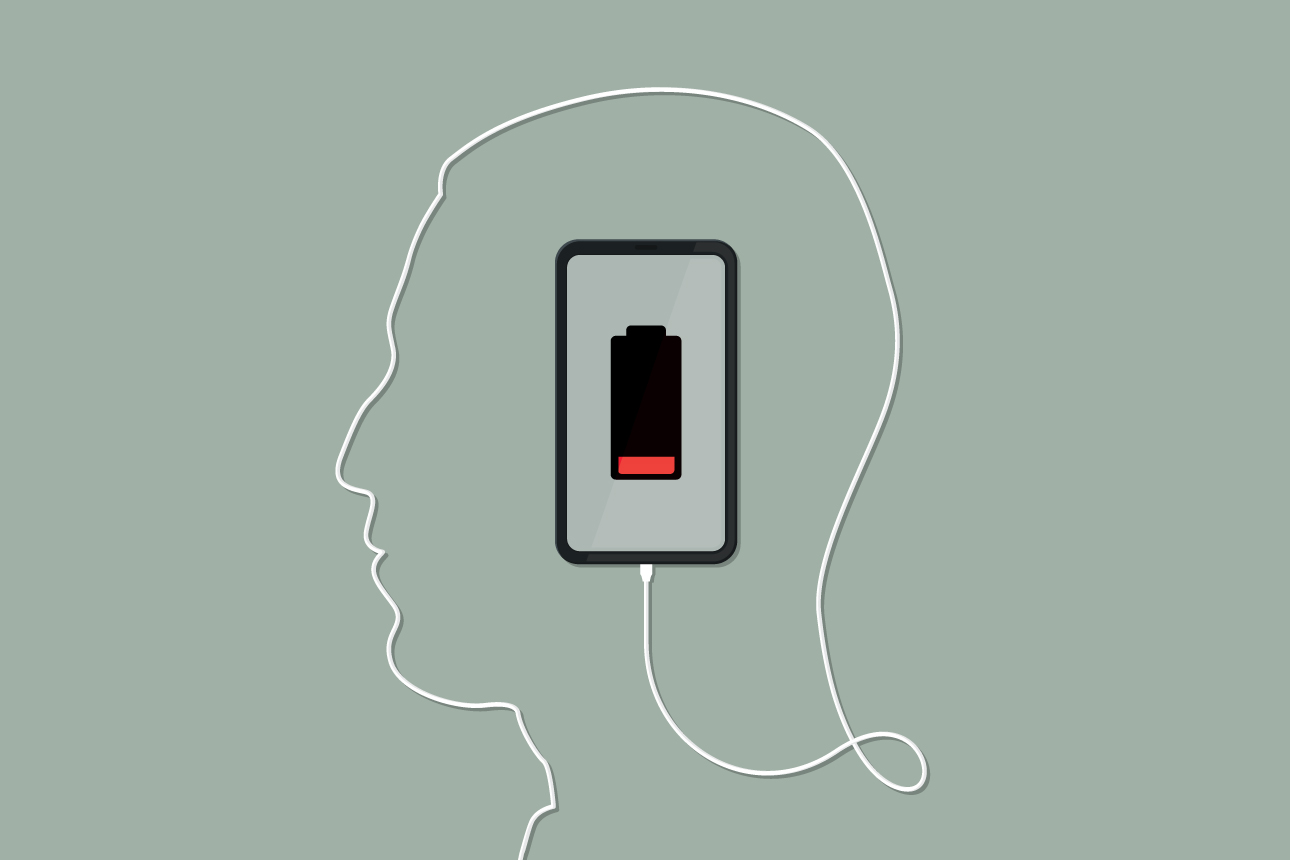With Burnout on the Rise, What Can Companies Do About It?
Workforce data highlights the need to understand burnout, measure its dimensions, and identify actions for managers and employees to mitigate its effects.
Topics

In Microsoft’s most recent Work Trend Index — a global survey of workers across multiple industries and companies — 48% of employees reported feeling burned out at work. This is a startling statistic that shows how an old problem is taking on new meaning in a more uncertain world.
As we redefine the workplace for the next generation, HR and people managers have an opportunity to help address the human energy crisis and proactively turn the tide against burnout. Demographic data from the Work Trend Index shows that burnout is prevalent among people of all ages but is 11 percentage points worse for Gen Z and millennials (53%) — those in the early phase of their career or rising leaders — than for baby boomers (42%). Fixing burnout starts with listening intently to employees to identify the warning signs — and then working proactively to address issues before they arise.
In this article, we point to the importance of measuring true burnout and its three dimensions, explore some of the impacts of burnout we’ve found in our internal research, and identify what leaders, managers, and employees can do to mitigate these negative effects of burnout.
Understanding Burnout and Its Drivers
Many people associate burnout with exhaustion, but researchers say it’s much more than that. Christina Maslach, a researcher and professor at the University of California, Berkley, has been studying the science behind burnout for decades, and her work contributed to the World Health Organization declaring burnout a “workplace phenomenon” in 2019.
Maslach defines burnout as a psychological response resulting from chronic stress in the workplace that shows up through three primary symptoms: feelings of exhaustion, feelings of cynicism and detachment, and a perceived lack of accomplishment. Most people are familiar with workplace stressors like escalating demands or a lack of recognition. When these stressors start to add up and weigh on employees and are coupled with a response of feeling cynical about their jobs and less confident in their own abilities, the problem compounds and people start to experience true burnout.
Addressing burnout begins with understanding the signals across the organization and then focusing on actions you can take.
Identify Key Warning Signs
Although the Work Trend Index asked employees whether they felt burned out, it did not specifically address exhaustion, cynicism, and lack of accomplishment.




